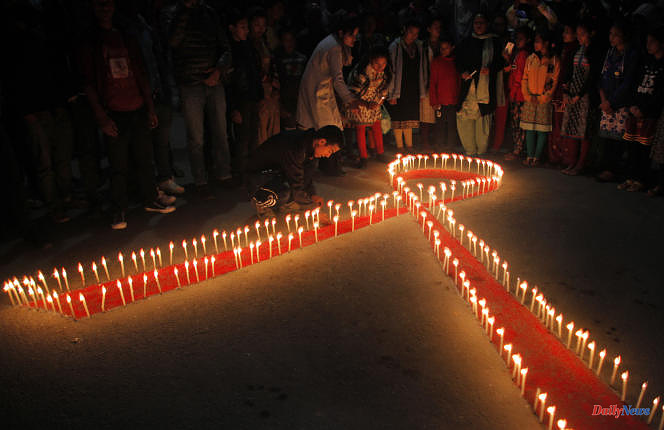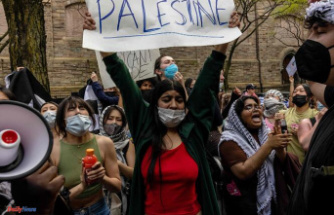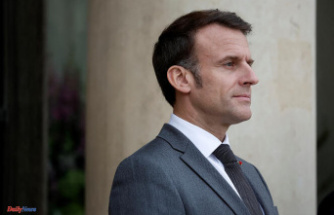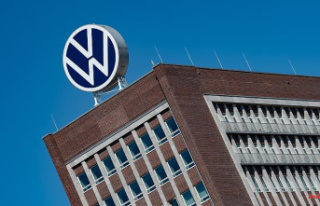This is a new official case of recovery from HIV after a bone marrow transplant: the "Dusseldorf patient" no longer has any trace of the virus in his body, according to work published Monday, February 20 in Nature Medicine.
Only two similar healing cases have been described so far in scientific publications: the "Berlin patient" in 2009 and the "London patient" in 2019. Two other cases of healings were detailed last year during scientific conferences, but have not yet resulted in formal publications.
This third patient, a man followed in Düsseldorf, received a stem cell transplant to treat leukemia, then was able to interrupt his antiretroviral treatment against HIV, described the international consortium IciStem, of which the Institut Pasteur is a partner, in the 'study.
In their analyses, the researchers did not find viral particles, nor an activatable viral reservoir, nor immune responses against the virus in the body of this person despite the cessation of treatment for four years.
blood cancer patients
The cured patients all have a very particular situation in common. They were suffering from blood cancers and benefited from a stem cell transplant which deeply renewed their immune system.
Their donor had a rare mutation in a gene called CCR5, a genetic mutation known to prevent HIV from entering cells.
"During a bone marrow transplant, the patient's immune cells are completely replaced by those of the donor, which makes it possible to eliminate the vast majority of infected cells", explains, in a press release, the virologist Asier Saez-Cirion , one of the authors of the study. "It is an exceptional situation when all these factors coincide for this transplant to be a double success in curing leukemia and HIV," said the researcher.
A complex intervention with major risks
Since less than 1% of the general population carry this HIV protective mutation, it is indeed very rare for a matched marrow donor to have this mutation.
In 2018, the medical team no longer detected the presence of the virus and planned with the patient a supervised discontinuation of antiretroviral treatment against HIV.
But if these cases of remissions bring hope to researchers to overcome HIV one day, a bone marrow transplant remains a very heavy and risky operation: it is not adaptable to most carriers of the virus. The "Düsseldorf patient", however, brings hope to the scientific world which has been dedicated to the fight against HIV for forty years.
“Different strategies are being explored. Some seek to specifically target and eliminate infected cells, others to make cells resistant to infection without going through a transplant by introducing, for example, the CCR5 delta-32 mutation via gene therapy, and finally other strategies aim to optimize immune responses against the virus, ”explains virologist Asier Saez-Cirion.












